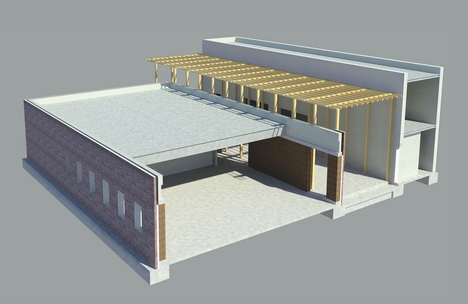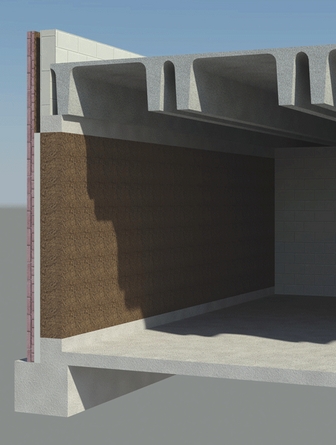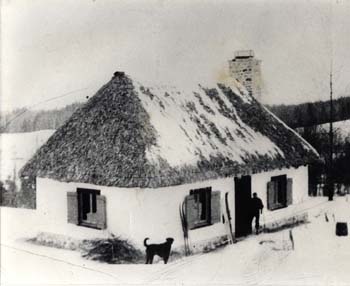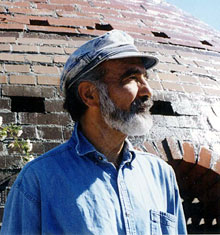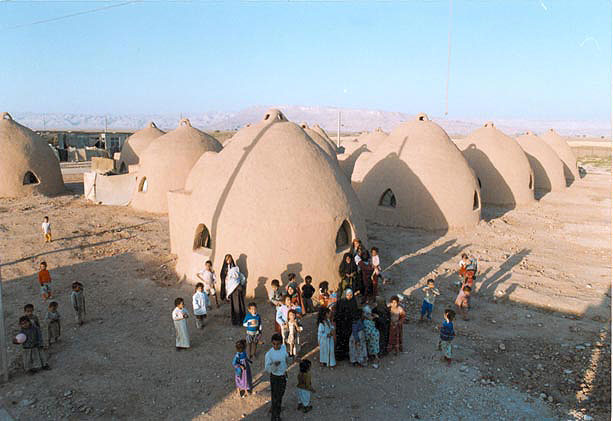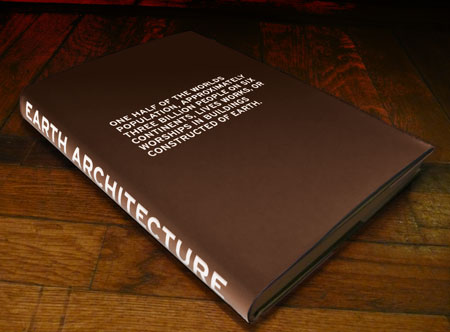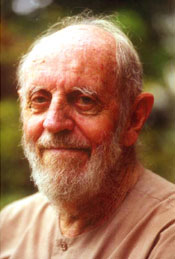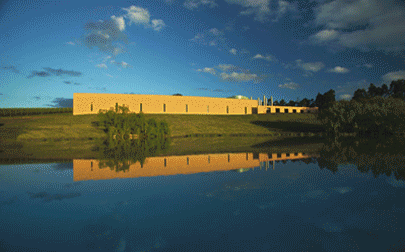
Intended to emerge powerfully from the landscape this ultra modern gallery displays the talents of Melbourne architect Allan Powell. Almost like an earthworks sculpture that can be read as an artefact, the TarraWarra Musem of Art in Yarra Glen is a monument to modernism. Allan Powell has constructed a simple shape with the effect of a half built or buried building, which confounds the eye and engages the senses. The stunning tan and clay coloured structure rises out of the green vines of the Yarra Valley creating an unexpected vision in the valley. Sensually curved around the site, the building is primarily of dressed stone and rendered walls, coloured rendered concrete walls, and rammed earth walls, and the architect has achieved the feeling that ‘ this building is of the earth’. Visitors to this new gallery are convinced that the complex is of handcrafted natural materials and that each of the columns is different. TarraWarra Museum of Art has been entered into Institutional new category of the architecture awards. [ Download PDF ]

